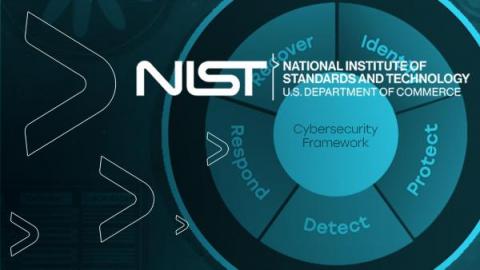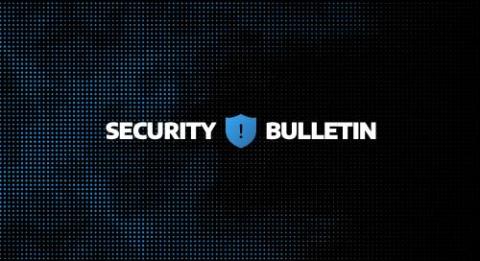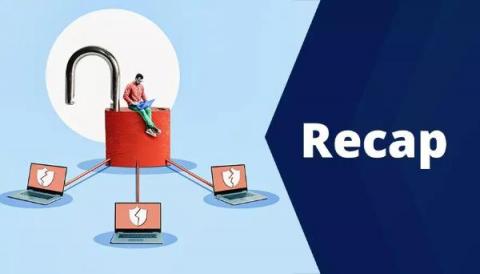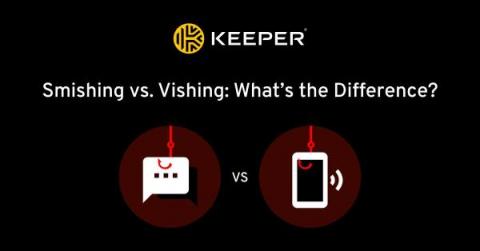What's New in the NIST CSF 2.0 Draft?
The National Institute of Standards and Technology’s (NIST) Cybersecurity Framework (CSF) is undergoing a major update. The NIST CSF is one of the most widely used frameworks to help organizations understand and manage their cybersecurity risks. The NIST CSF was released as version 1.0 in 2014, updated to version 1.1 in 2018, and will be updated to version 2.0 early next year. NIST recently released a draft of CSF version 2.0.










